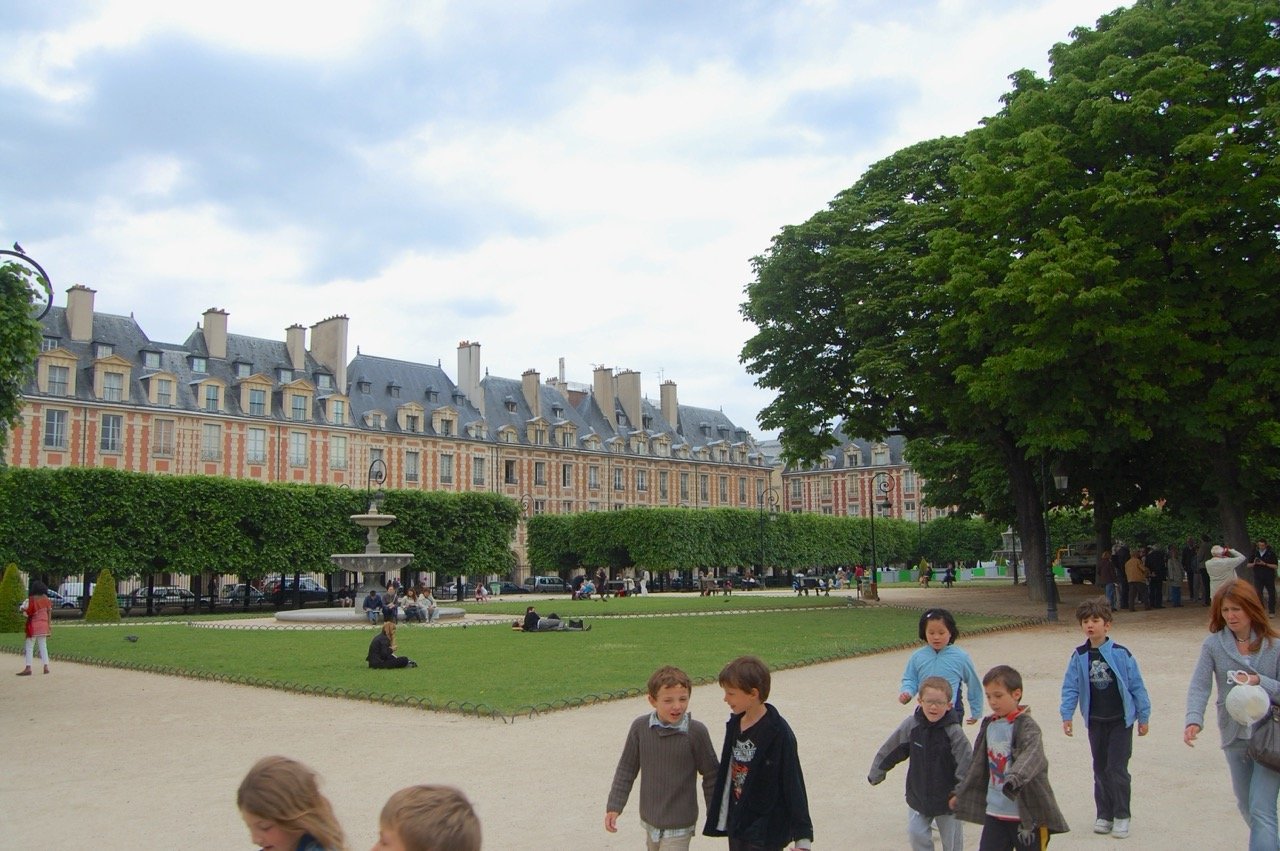
Design Process and Philosophy
Sustainable Buildings
Buildings that can be loved, maintained, and reused.
These buildings are inherently sustainable because they are well-designed, well-built, and adaptable—rather than disposable.
Proportionate
Balanced
Self Evident
Delineation of Spaces and Details
The Eye and Physics Test
*See Bellow for further explanation
Places worth caring about. These are walkable, lovable, and durable places that naturally promote sustainability through their layout, architecture, and sense of belonging.
Serviceable: Durability and the ability to care for buildings over time.
Lovable: Places that are loved are fought for and sustained.
Frugal: Simple buildings that are well-designed tend to outperform complex ones.
Durable: Time-tested methods and materials often outperform newer solutions.
Flexible: Buildings or places should be able to adapt to new uses over time.
Sustainable: True sustainability is result of these principles and inherently promotes environmental, social, and economic health in a lasting way.
*See below for further explanation
Sustainable Places
The Original Green**
How places were built before the introduction of technology assistance.
Human Centric
Best solutions and practices for aesthetic, economic, social, and healthy experiences. What is best for the human is usually the best for the environment and vise versa.
Location & Climate
Built from local materials and construction methodologies that help solve local climate issues.
Nourishable
Able to produce food locally or nearby.
A sustainable place must be able to grow food locally or be close to places that do.
Walkable access to markets or farms is key.
Accessible
Usable without needing a car.
Promotes walkability and the idea that good communities allow people to live, work, and play without being car-dependent.
People of all ages and abilities should be able to get around without a car.
Walkability, bikeability, and access to public transit are central.
*1 Sustainable Buildings
Traditional Architecture to me is a building methodology that perfectly balances function and form and has lasted the test of time, therefore being “traditional”. It is successful because it is human centric for the best physical and visual experience. It should meet several criteria including
Proportionate
Balanced: Both on Major and Minor Axis, as well as the Figure Ground principle of building mass to non building mass.
Self Evident both in Entrance, Egress and Use
Delineation between Primary, Secondary and Tertiary Spaces and Details with a clear hierarchy of importance for each space or style detail in elevation.
The practical Eye and Physics Test: Can the design be built with natural building materials, and without the use of modern technology and structural advancements
Serviceable
A place should be maintainable and repairable with local skills and materials.
It’s about durability and the ability to care for buildings over time.
Lovable
If people don’t love a place, they won’t fight to save it.
Beauty and emotional connection are seen as essential to sustainability.
Frugal
Buildings and systems should use resources wisely, including energy and money.
Smaller, simpler buildings that are well-designed tend to outperform oversized, complex ones.
Durable
Long life spans for buildings and materials reduce waste and replacement needs.
Time-tested methods and materials often outperform newer, untested solutions.
Flexible
A building or place should be able to adapt to new uses over time.
Think of traditional buildings that can shift from residential to retail or other uses.
Sustainable
True sustainability is inherent, not just added on with high-tech systems.
It integrates environmental, social, and economic health in a lasting way.
*2 Sustainable Places
**Concepts are derived from Steve Mouzon
